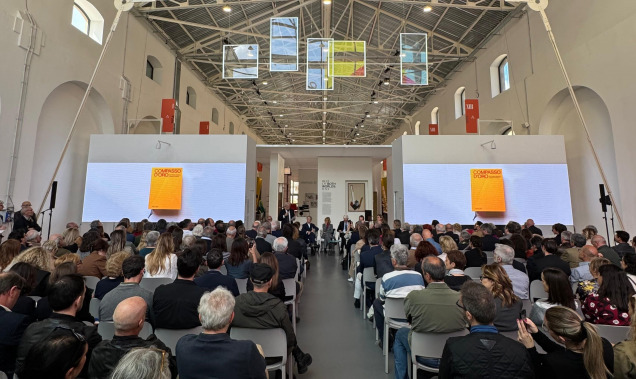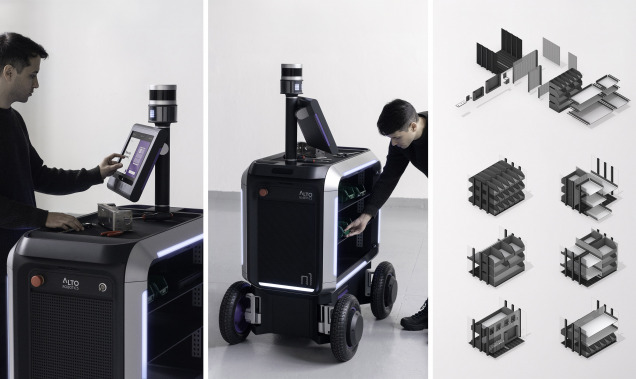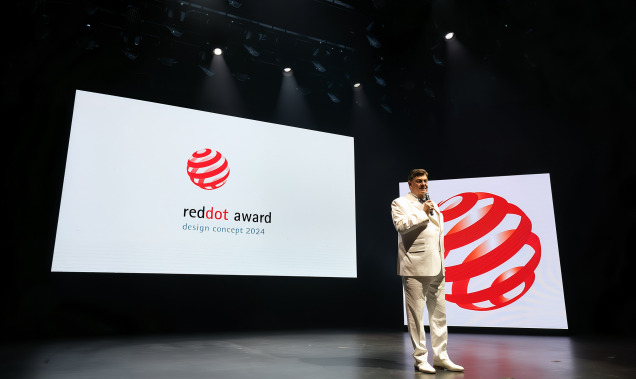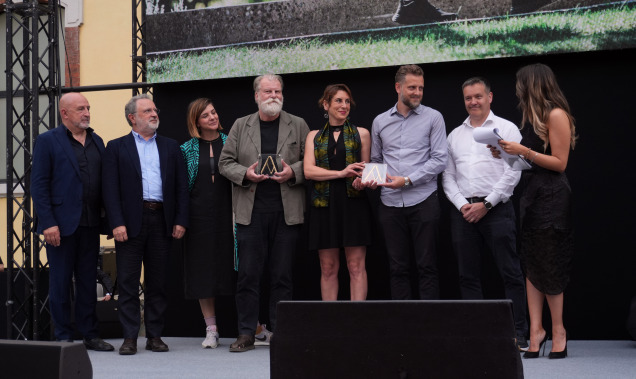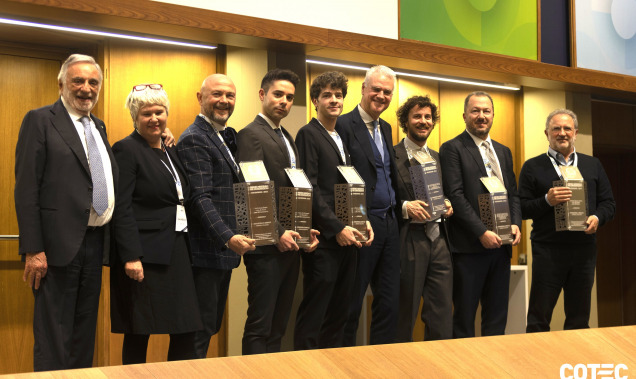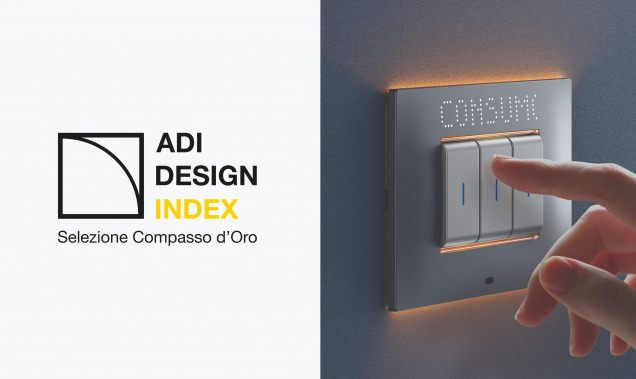#IoTDesigner by Leandro Agrò
Digital Product Director Leandro Agro has published his latest book #IoTDesigner.
Building on his experience, Agrò brings readers into the fascinating world of IoT (Internet of Things). “Talking about IoT, the big risk we’ve seen after working on this extensively is that we only have a technological approach. We know that it doesn’t work,” Agrò says. Instead, the real focus should be on building relationships, motivation, and trust.
#IoTDesigner opens the world of IoT and the possibilities design offers to future IoT designers, innovation officers that will hire those IoT designers, marketing managers that will use their efforts to transform their innovations to real market products alike.
The IoT Moment
IoT is having a profound impact on tech and industry throughout the world, and it’s particularly relevant for the Italian market right now. Steeped in a history of manufacturing excellence, Italian manufacturers are using IoT design to create opportunities and advance their offerings into the next millennium.
Using Emotion as Motivation
On a smaller scale, Agrò details a handful of DGI projects revealing how he and his teammates apply IoT design to real-world projects. Trillio, a pill reminder for the elderly, uses emotions to motivate users, in short, the device reminds users to take their pills and why they take them.
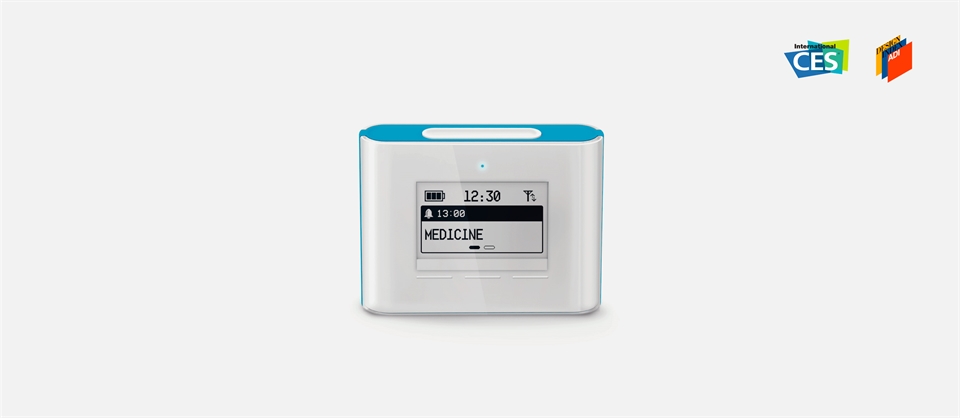
Putting Ourselves in Someone Else’s Shoes
When building D-heart, a hospital-grade portable electrocardiograph, we imagined how someone isolated in a remote location be it a patient, doctor, or NGO volunteer would interact with advanced technology. With this research, we developed a friendly, trustworthy, and reliable design to create an approachable product.
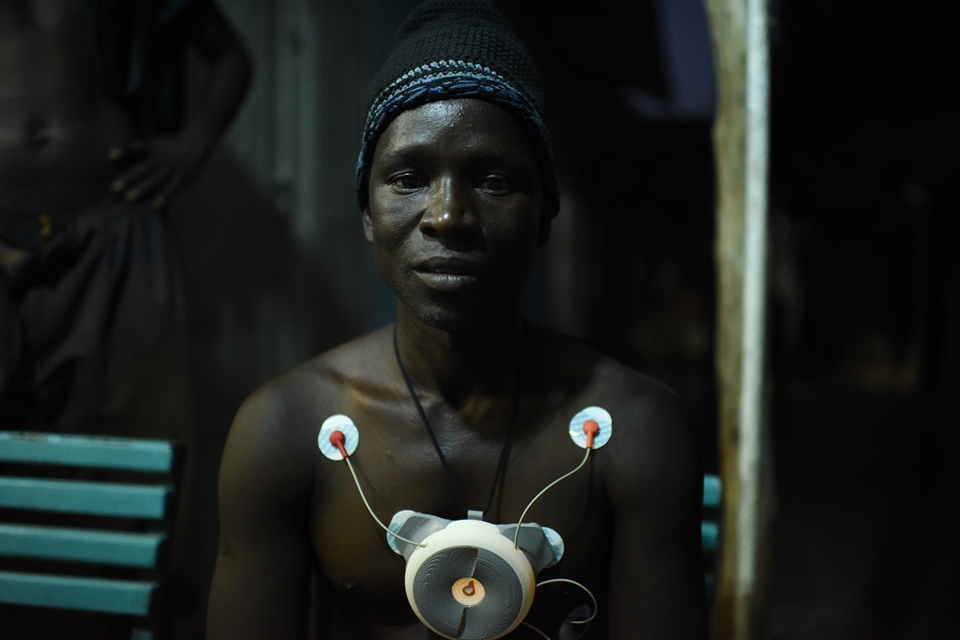
Bill on Materials is not enough
To clarify what separates IoT design from the rest, Agrò compares billing on materials vs behaviors, when looking at the future possibilities of products.
He refers to the traditional method of creating objects as a bill on materials: engineers building an object. The object may function, but, Agrò states, this alone is not good enough to guarantee success.
Bill on Behaviors, on the other hand, puts people at the core of a business. Trillio, for example, is just an alarm that reminds the elderly about daily medication. Put simply the device works, but we bet on the Bill on Behaviors to lead the project in the right direction. Instead of a loud buzzer, we included a function that records the voice of a loved one. The sweet voice of a grandkid saying, “Granny take your pill,” is certainly more motivating than, beep.
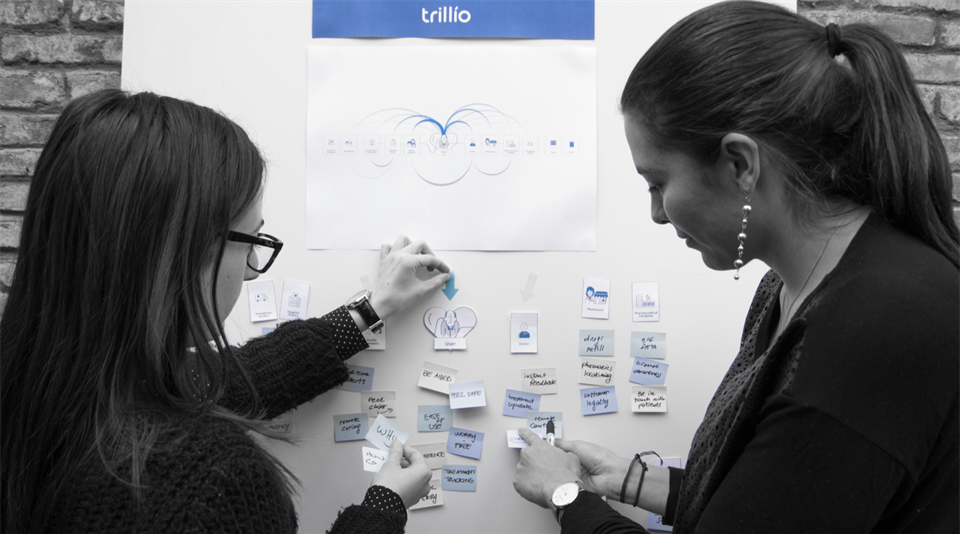
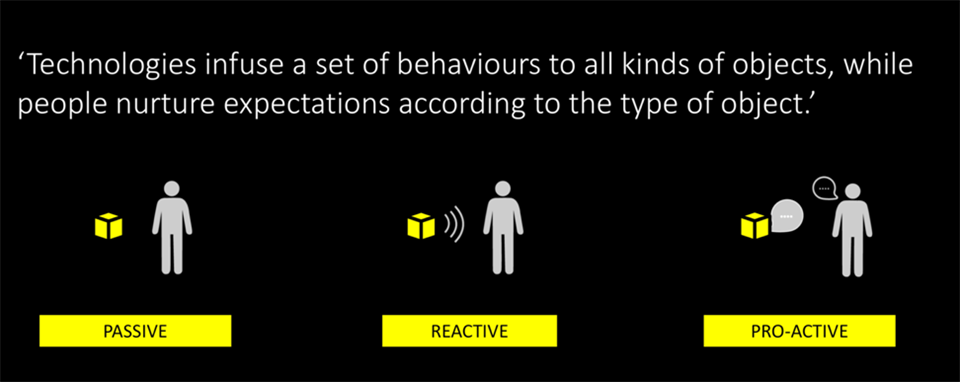
Three laws for the connected object
In the book, Agro outlines the three essential laws for any connected object.
Every object should have stories. These stories can be about how it was conceived, built, and even dismantled. When working with a client on circuit breakers, for example, we gave every one of them an identity, a unique identifier. The products then started gathering a log of maintenance visits and updates. Using the product’s history, you can start building stories.
Every object should be sentient. Connected objects need sensors which create the capabilities to allow intelligent behaviours. The old version of GPS in cars, for example, was a religious object of sorts. Nothing more than a clock and a map that didn’t know its location at any given time, GPS, instead looked to the sky for guidance from the god that is the satellite. The smartphone, unlike GPS, has a local perception to know what’s going on.
Every object should be social. Each object should be able to share its status within its social environment. Not object-to-object, but in a way that humans will understand. Fingbox’s light communication is a good example of this.
#IoTDesigner by Leandro Agrò (published by Franco Angeli) is out now (in Italian) and available for preorder here.
